Young, Smith & Co. General Staff Buttons
Early Variants
Submitted by Harry Eichman
Presently, there are five distinct die faces and two back mark variants known for the early Young, Smith & Co. General Staff buttons. GS-5 and GS-22, as referenced by Albert’s numbering system. (1) These buttons are from the first Henry Young and William Smith partnership 1834-1848, and should not be confused with the later, reorganized Smith, Young & Co. dating from the late 1850’s. After 1848, W. H. Smith continued business on his own until forming this new company. (2)
Close inspection of the front dies reveal the possibility that these early Young/Smith * buttons were made by Ives Kendrick , and later by Kendrick & Company of Waterbury , Conn. (3) Compare the front dies of Young/Smith #2 with a Kendrick & Co. staff button. The die is exact, and suggests that Kendrick made them. Young/Smith were military outfitters and did not manufacture uniform buttons, but rather purchased them from a button maker as did many companies at that time.
The exact chronology of these buttons is difficult to determine, as they are believed to be made by the Kendrick Company. In addition, Kendrick rarely back marked their buttons in their own name, thus, in the absence of die records, the dating of these buttons remains a solid but educated guess.
Most of these early dies are similar and difficult to tell apart. The eagles are of the earlier patterns, being smaller and more emaciated than later eagles. The structures of these buttons are also all of an early design, low to medium convexity. Usually the differences are found in the eagle’s tail feathers and the talon grasped olive branch.
The earliest staff button appears to be a Young /Smith #3, a GS-22. This button has the impressed back mark of “YOUNG, SMITH & CO./ NEW YORK”, surrounding two concentric rings of dotted lines. Aesthetically, the button appears similar to another early generation staff made by, “J.M.L. & W.H. SCOVILL/WATERBURY/EXTRA SUPERFINE”; Albert’s GS-21. Button makers would often mimic each other in design and style in order to stay competitive. This particular style Scoville staff button dates to the early 1830’s (4), so we can presume the dating of the Young/Smith to be similar.
The next button retains the same back mark as the previous Young/Smith. However , this die face has a smaller eagle and a more centered, spade type shield. This button is unlisted and could possibly be considered as early or earlier as the GS-22 above.
The third die variant is the last to retain the impressed dotted, circular rings on the back mark. The face has a small eagle with a more earred version shield. Most noteworthy of this button is that it is the only one of the early Young/Smith staff examples to share the same die with a Kendrick staff. “KENDRICK & CO./WATERBURY CONN”
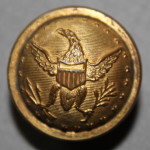
Young/Smith #3 GS-5
The last two Young/Smith buttons are more GS-5 variants. Although these two buttons appear to be exact, they do in fact have subtle differences in the dies. Close scrutiny reveals differences in both the length of the eagle’s tail feathers, and the number of olives in the olive branches. The back mark is “*YOUNG, SMITH & CO,*/NEW YORK”, with a rmdc (5) ring of squares in a basket weave pattern. This back mark style lends more evidence of a Kendrick & Co. association. Many of these are seen with a silvered back. This style lends more evidence of a Kendrick & Co. association as this exact back mark is found on a known Kendrick button dating to the 1830’s; Albert’s SU-14 , a University of Alabama button.(6)
(1) “Record of American Uniform and Historical Buttons”, Alphas H. Albert. p. 290.
(2)“American Military Button Makers and Dealers; Their Backmarks and Dates”, William F. McGuinn and Bruce S. Bbazelon. pp. 122-123.
(3) Ibid. p.59.
(4) “Uniform Buttons of the United States 1776-1865″‘ Warren K. Tice. P. 105
(5) rmdc refers to raised mark depressed channel.
(6) Ibid. p. 317
* For the purposes of this article; Young/Smith is used to refer to the Company of Young, Smith & Co. New York.
My thanks to Harry for his excellent contribution in submitting this article for the benefit of us all. His enthusiasm for the detailed nuances and subtleties of button variances surpasses many, and assists us in seeing more of the buttons we collect. Bill Stafford Generalstaffbuttons.com

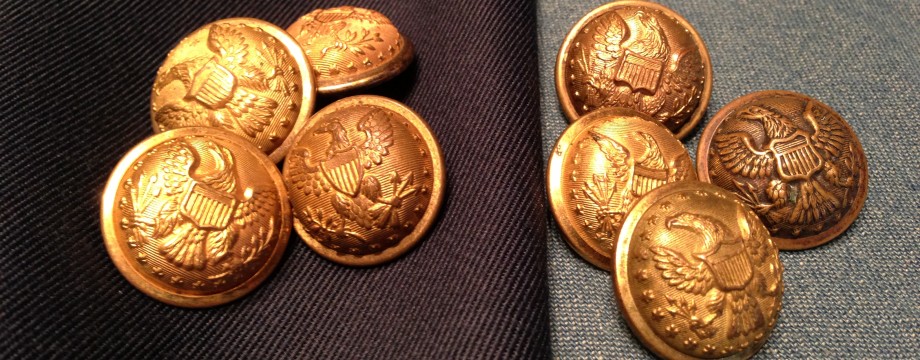
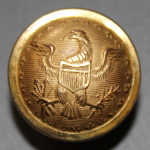
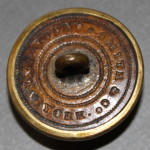
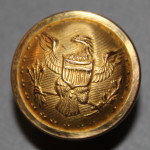
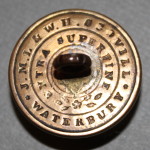
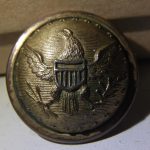
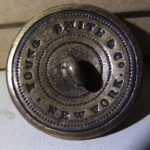
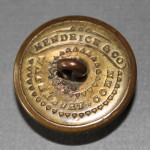
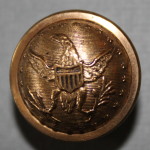

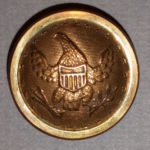
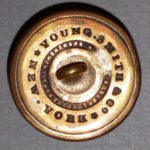
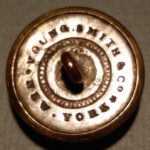
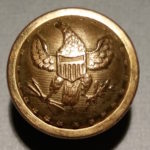
8 Responses to Young,Smith & Co. General Staff Buttons